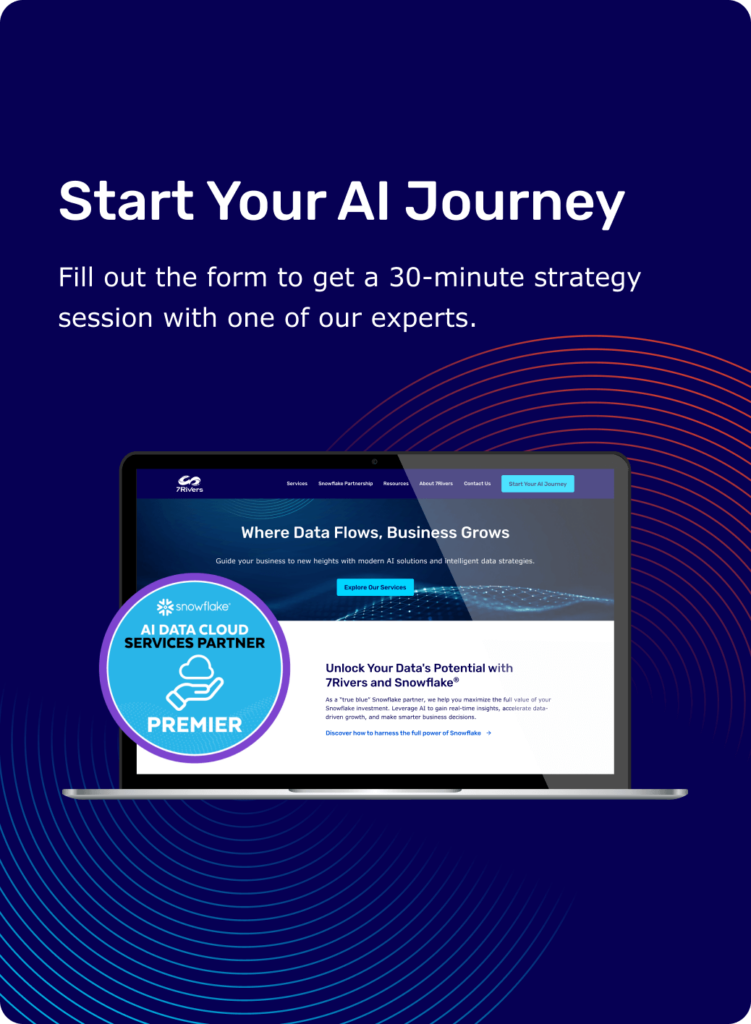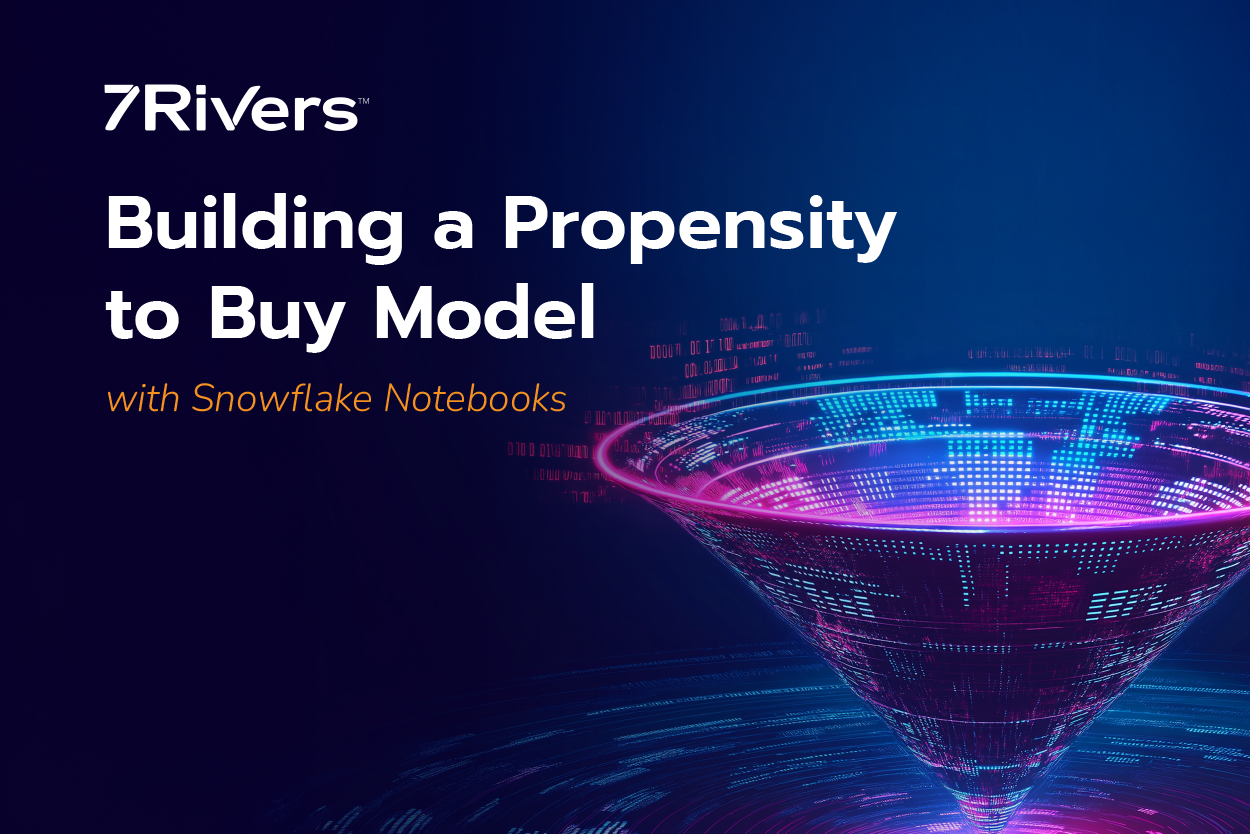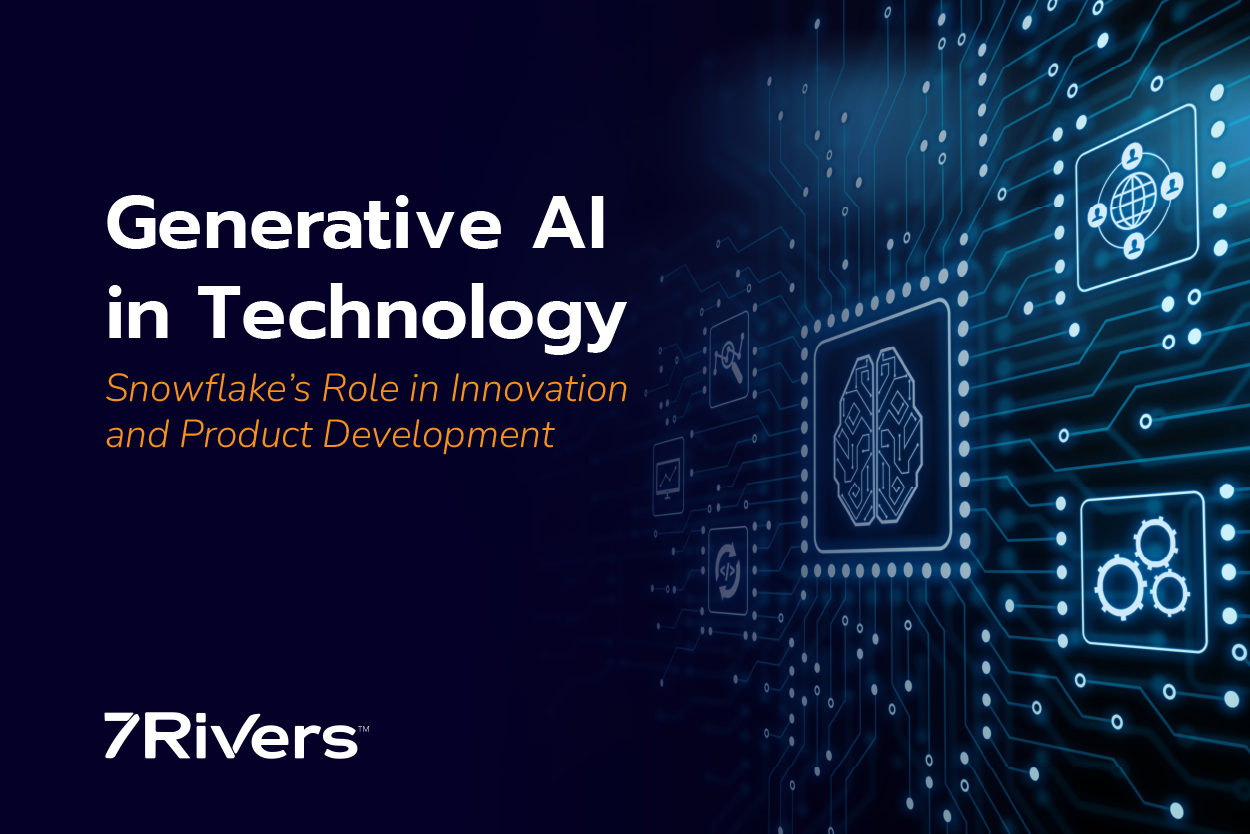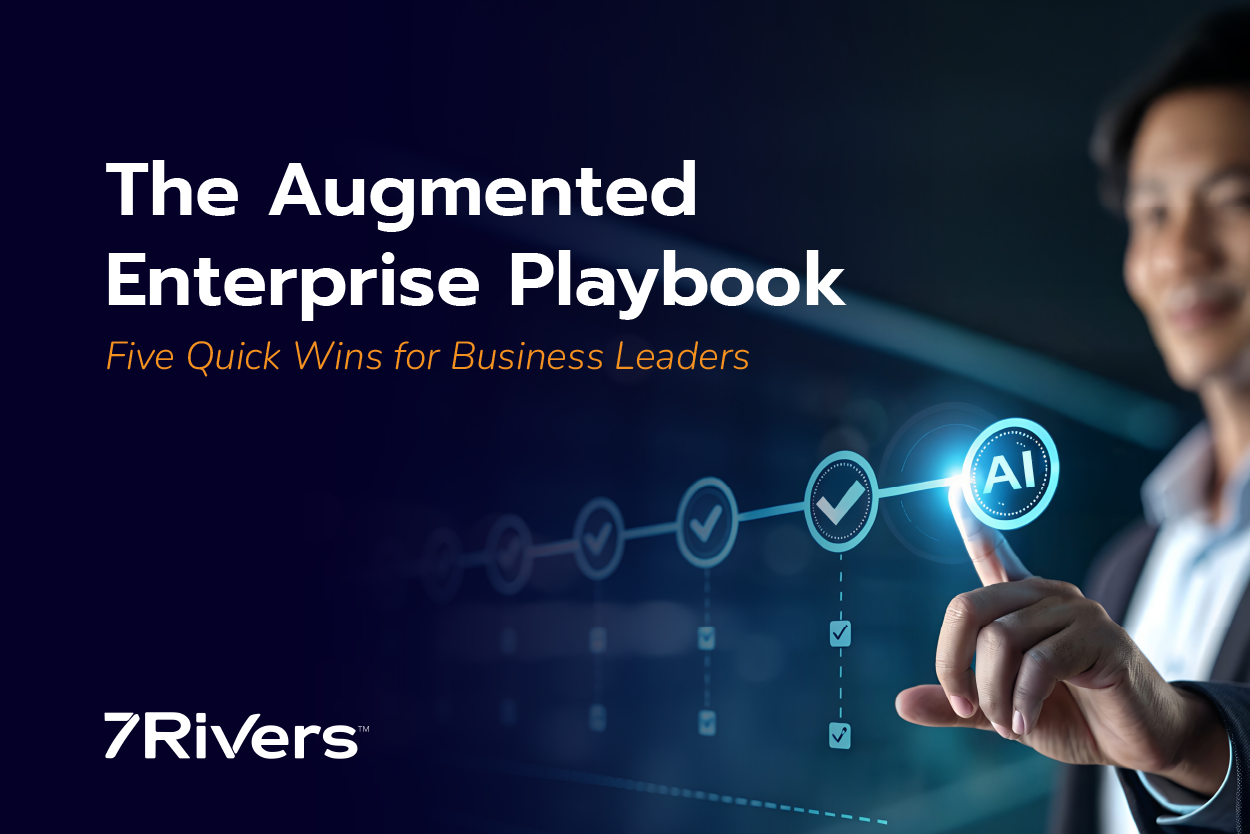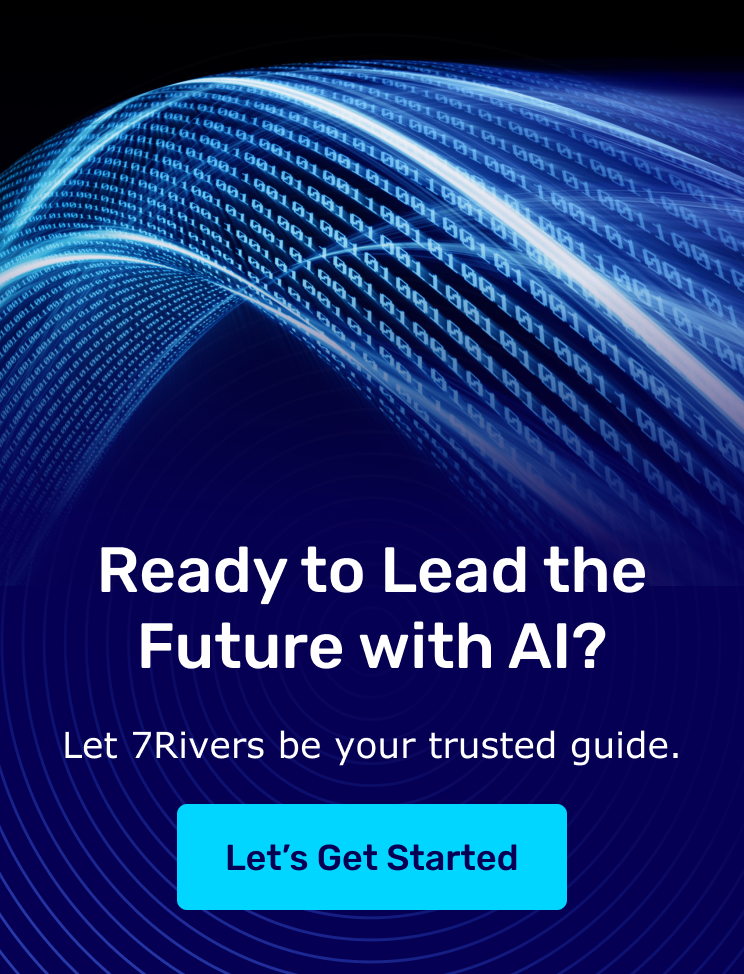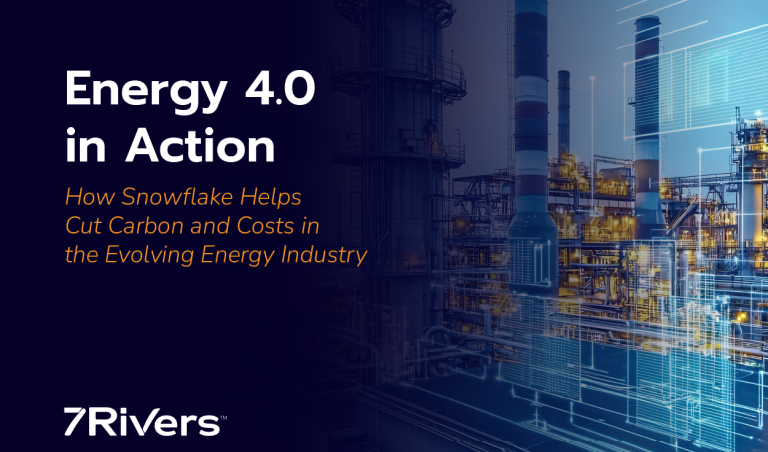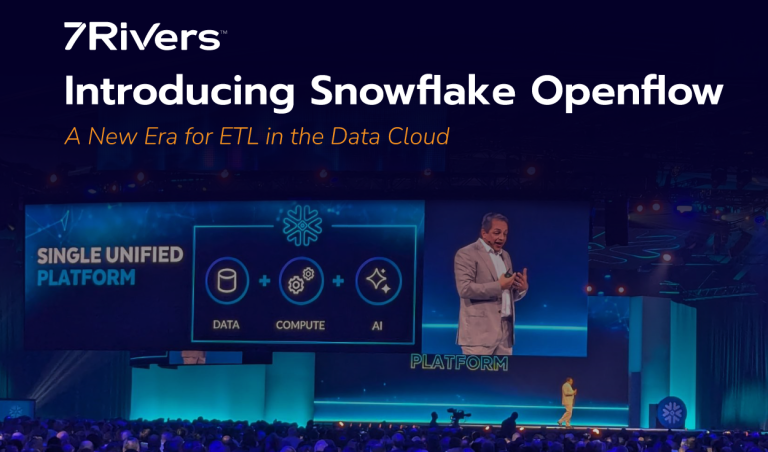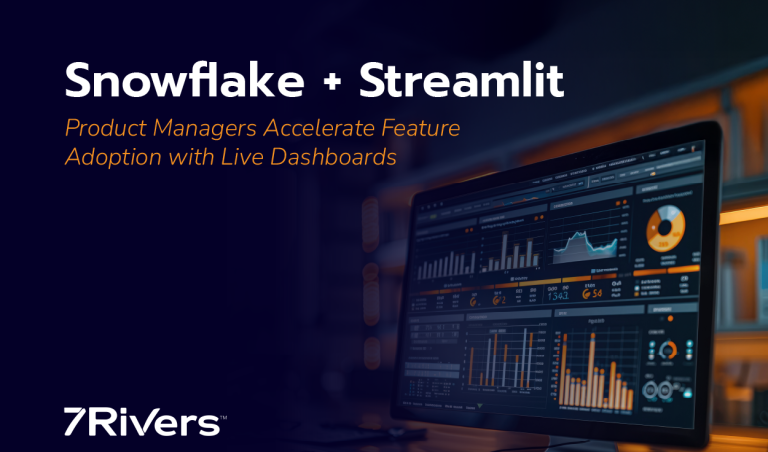Mergers and acquisitions (M&A) are complex, high-stakes endeavors that can redefine industries and reshape corporate landscapes. Yet, beyond the strategic and financial considerations lies one of the most daunting challenges: integrating disparate data sources. Without a structured approach to data integration, organizations risk operational inefficiencies, compliance failures, and strategic missteps.
Data Vault 2.0 emerges as the ideal solution for handling the intricate data demands of M&A activities. Its ability to accommodate change, integrate diverse data sources, and maintain historical accuracy makes it indispensable for modern enterprises. This article explores how Data Vault 2.0 can become the backbone of a successful M&A data strategy.
The Data Nightmare of M&A
Imagine a leading financial institution acquiring a fast-growing fintech company. The financial institution operates on legacy mainframes and relational databases, while the fintech firm relies on cloud-native, NoSQL architectures. Each has its own data models, business rules, and reporting structures. Integrating these disparate systems without losing data integrity or disrupting business operations is a nightmare for CIOs and CFOs alike.
Traditionally, organizations relied on Extract, Transform, Load (ETL) processes to harmonize disparate datasets, but these approaches often result in:
- Data silos that hinder a unified business view
- Loss of historical data essential for compliance and decision-making
- Expensive and time-consuming re-engineering efforts
- Rigid architectures unable to scale with ongoing changes
Data Vault 2.0 addresses these challenges with an agile, scalable, and audit-friendly approach to data integration.
What Makes Data Vault 2.0 Ideal for M&A?
Data Vault 2.0 is designed for agility, scalability, and traceability—key attributes essential for navigating the data complexities of mergers and acquisitions. Here’s how it makes a difference:
- Scalability & Flexibility
Unlike traditional relational data models, which are rigid and difficult to adapt to new business structures, Data Vault 2.0 enables seamless data integration from multiple sources. Its hub-and-spoke architecture ensures that organizations can ingest new datasets without disrupting existing business logic.
- Hubs store business keys (e.g., customer IDs, transaction numbers), ensuring consistency across datasets.
- Links define relationships between business keys, allowing the merging of different business entities.
- Satellites contain descriptive attributes, making it easy to track historical changes while allowing for flexible schema evolution.
- Rapid Onboarding of New Data Sources
M&A activities often require organizations to integrate new data sources rapidly. Traditional approaches necessitate months of redesign, but Data Vault 2.0 facilitates near-immediate onboarding of acquired data assets. Its schema-less approach to satellites ensures that new attributes and datasets can be incorporated with minimal disruption.
- Historical Tracking & Compliance
Regulatory compliance is a major concern in M&A, especially in industries such as finance and healthcare. Data Vault 2.0 is inherently built for auditability and compliance. It preserves full historical records, ensuring:
- Transparency in data lineage
- Compliance with financial and legal reporting requirements
- Complete traceability of changes and data provenance
This ability to maintain a historical, immutable record of data makes regulatory audits more manageable and reduces compliance risks post-merger.
- Resilience to Changing Business Rules
Business rules often evolve in the wake of a merger. Traditional data models embed business logic directly into transformation processes, making modifications expensive and time-consuming. In contrast, Data Vault 2.0 separates business rules from raw data, allowing organizations to redefine rules without re-engineering the entire data pipeline.
This feature is particularly valuable in M&A scenarios where organizations need to align reporting structures, regulatory frameworks, and operational processes over time.
- Data Integration Without Data Loss
Merging datasets from different organizations often leads to data loss due to mismatched schemas and field definitions. Data Vault 2.0 mitigates this risk by:
- Storing all incoming data in its raw, unaltered form
- Allowing multiple versions of data to coexist through satellites
- Ensuring that no critical information is lost during transformation
By keeping an immutable record of all data changes, organizations can reconstruct historical datasets and adapt seamlessly to new business realities.
Implementation Considerations for M&A Leaders
While Data Vault 2.0 is a powerful framework, CFOs and CxOs must consider the following when implementing it in an M&A context:
- Executive Buy-in: Educate leadership on the long-term benefits of Data Vault 2.0 compared to traditional ETL approaches.
- Skilled Workforce: Invest in training or hire experts familiar with Data Vault methodologies.
- Technology Alignment: Leverage cloud-native Data Vault solutions such as Snowflake or Azure Synapse to optimize scalability and performance.
- Governance Framework: Establish clear policies for data ownership, security, and compliance post-merger.
Unlock the Full Potential of Your M&A Data with 7Rivers
Mergers and acquisitions create massive data challenges—but they also present opportunities. 7Rivers specializes in Data Vault 2.0, providing the scalability, flexibility, and governance needed to seamlessly integrate data from diverse sources. Our experts help organizations eliminate data silos, accelerate time-to-value, and gain trusted, unified insights for smarter decision-making.
Contact 7Rivers today to see how we can support your M&A journey with a future-proof data strategy that delivers results.
